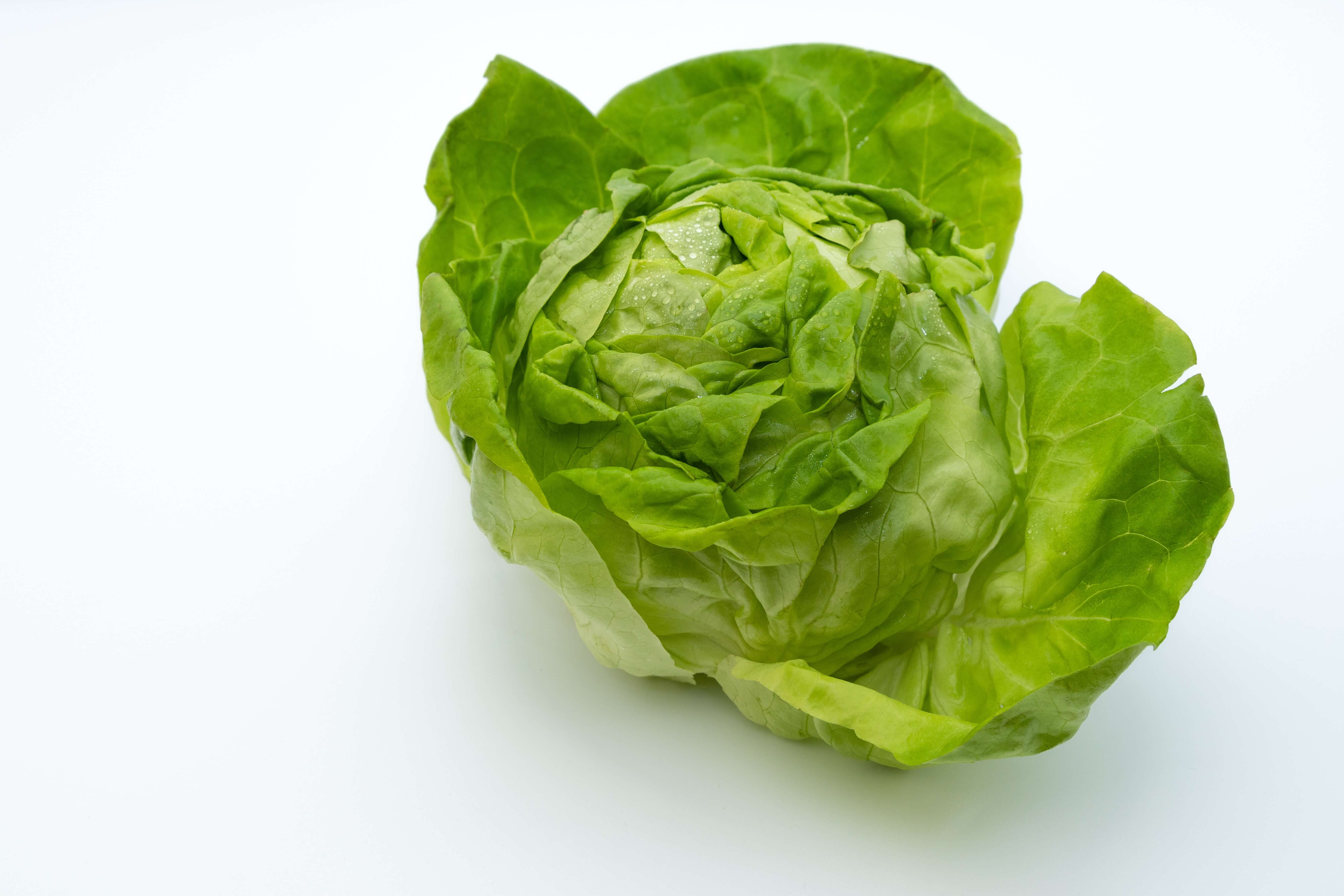The role of iodine in plant health and development is increasingly being recognized. A new study led by Sylwester Smoleń and his team, published in 2023, delves deeper into the molecular and physiological processes involved in iodine uptake, transport, and metabolism in lettuce plants.
Previous research has indicated that iodine, although not recognized as an essential plant nutrient, may act as a beneficial element or micronutrient. Smoleń's study sought to elucidate these interactions further, using various compounds like KIO3, KIO3 + salicylic acid, 5-iodosalicylic acid, and 3,5-diiodosalicylic acid.
By employing RNA-sequencing techniques on 18 cDNA libraries constructed separately for lettuce leaves and roots, the researchers executed a de novo transcriptome assembly. This resulted in over 1937.76 million sequence reads and 27,163 transcripts, contributing to a comprehensive understanding of the genes involved in iodine interaction.
The team identified 329 differentially expressed genes (DEGs) in the roots after applying KIO3. Notably, 252 of these genes were up-regulated, and 77 were down-regulated. In the leaves, nine genes displayed differential expression patterns.
The analysis of these DEGs suggested their involvement in several metabolic pathways and processes, such as chloride transmembrane transport, phenylpropanoid metabolism, and positive regulation of defense response and leaf abscission. They were also linked to ubiquinone and other terpenoid-quinone biosynthesis, protein processing in the endoplasmic reticulum, circadian rhythm, and flowering induction. A potential plant-derived thyroid hormone analogs (PDTHA) metabolic pathway was also hinted at.
Further examination via qRT-PCR of selected genes suggested their participation in the transport and metabolism of iodine compounds, biosynthesis of primary and secondary metabolites, the PDTHA pathway, and flowering induction.
This pioneering study advances our understanding of iodine's interactions with plants and its potential benefits. The knowledge could open doors to new strategies for enhancing crop growth, health, and nutritional value. However, the researchers noted the complexity of these processes and called for additional studies to further elucidate their findings' detailed mechanisms and potential practical applications.
Photo by Gabriel Mihalcea on Unsplash


